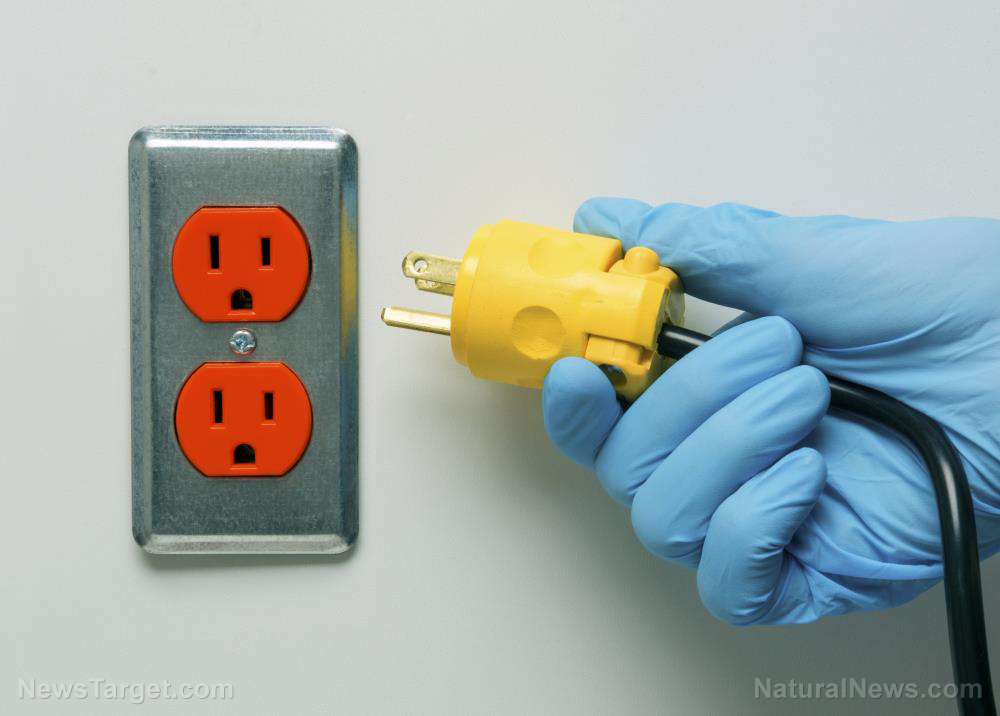
This is according to a study published in the journal The Lancet Diabetes & Endocrinology. The researchers in the study developed a more accurate method for measuring the levels of bisphenol A (BPA) in humans and found that the measurements used by regulatory agencies like the FDA are seriously flawed and may be underestimating our exposure levels by up to 44 times.
The chemical is found in a broad range of plastics, and this includes containers used for packaging food and drinks and hygiene products. In the 1950s, chemists discovered they could mix it with other compounds to create strong and resilient plastics. It is also used to create epoxy resins that are spread on the inside lining of canned food to stop the metal from corroding. In addition, it can be found in household electronics, sports equipment, dental filling sealant, eyeglass lenses, and thermal printer receipts.
Animal studies have shown that BPA interferes with hormones, with fetal exposure to BPA being linked to problems with metabolism, fertility, behavior and growth, along with an increased risk of cancer.
New method of measuring BPA is more accurate
Previous studies used an indirect process for measuring BPA metabolites – the compounds created as these chemicals pass through the body – that involved an enzyme solution culled from snails to transform metabolites back into whole BPA to allow it to be measured. However, University of California, San Francisco, Assistant Professor Roy Gerona devised a more direct way of measuring BPA metabolites. His method bypasses the need for an enzyme solution.
The research team compared these two methods using synthetic urine that was spiked with BPA as well as 39 human samples. The new, direct method found much higher levels of BPA – in some cases, 44 times the mean reported by the National Health and Nutrition Examination Survey.
Making matters worse, they discovered that the disparity between the results yielded by the two testing methods rose with greater BPA exposure. In other words, the higher the exposure, the more BPA the earlier method missed.
Now, the researchers are carrying out further BPA measurement experiments. They are also looking at other chemicals that have been measured using the flawed earlier method. This includes a range of toxic chemicals such as triclosan, benzophenone, and parabens found in cosmetics, along with the phthalates used in consumer products such as food packaging, personal care products and toys.
Washington State University professor Patricia Hunt, a corresponding author on the paper, said: “This study raises serious concerns about whether we’ve been careful enough about the safety of this chemical."
She added: “What it comes down to is that the conclusions federal agencies have come to about how to regulate BPA may have been based on inaccurate measurements.”
Although the FDA previously claimed that BPA is safe and that people are exposed to such small amounts that there is no need to worry, they nevertheless banned the use of BPA in baby bottles and sippy cups used by children. And it now appears our exposure has been far greater than believed.
It’s particularly dangerous for babies and children because it can interfere with the production of male and female chromosomes as well as sperm and eggs.
Unfortunately, some of the chemicals that manufacturers have been using in BPA-free products, particularly BPS and BPF, have been shown to have similar effects to BPA. Experts say that plastic items that bear recycling numbers of 3 and 7 likely contain one of these chemicals, but the best approach is to avoid plastic altogether wherever possible, particularly when it comes to food packaging.
Sources for this article include:
Please contact us for more information.






















